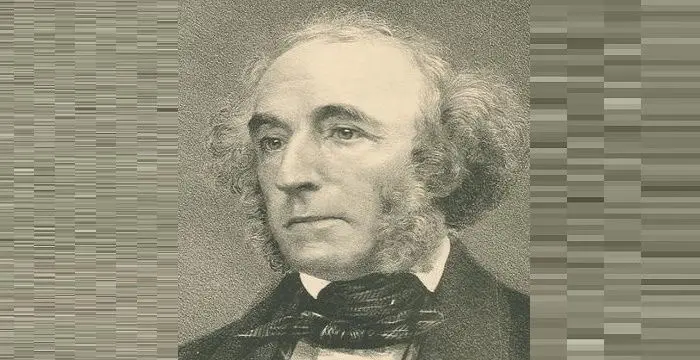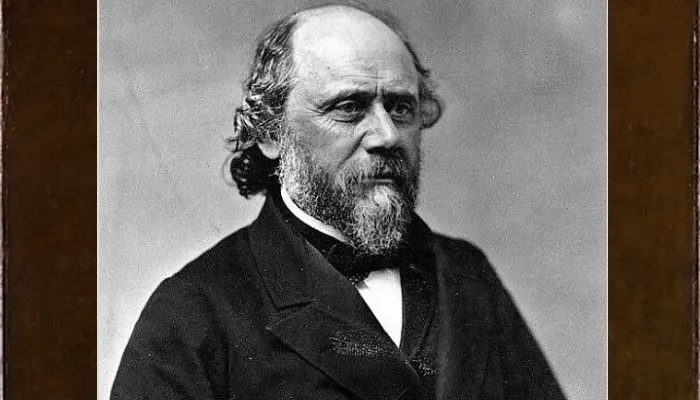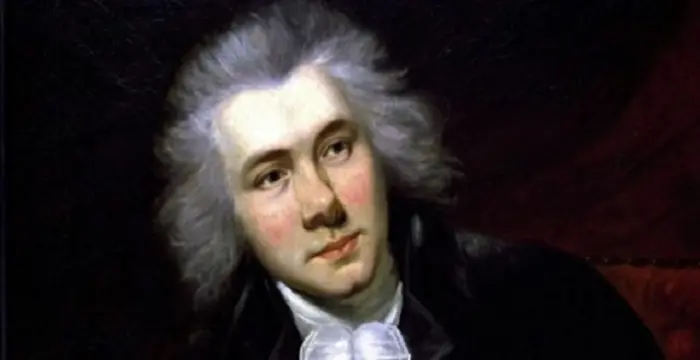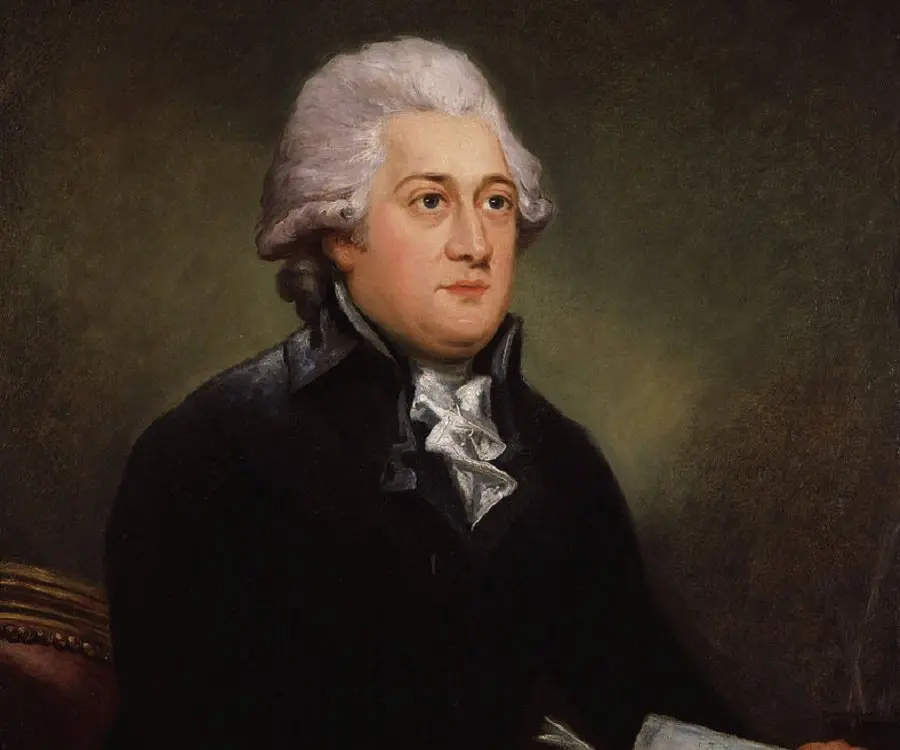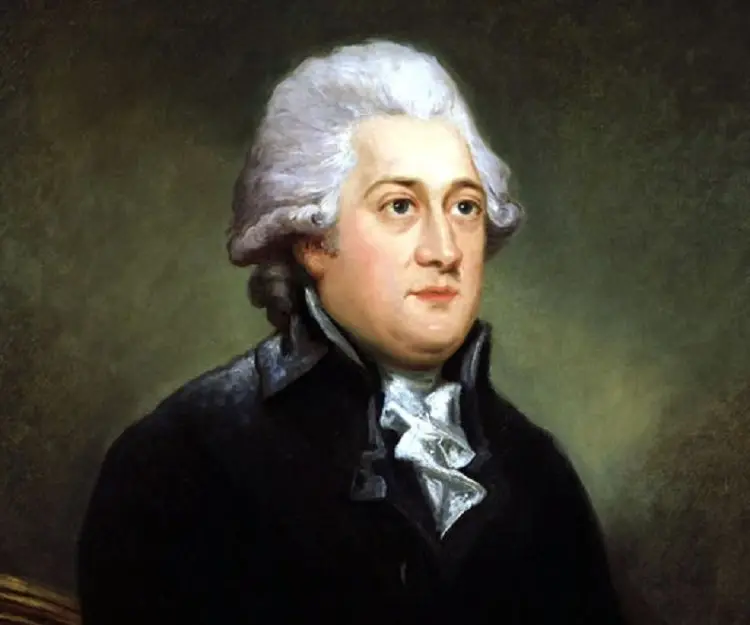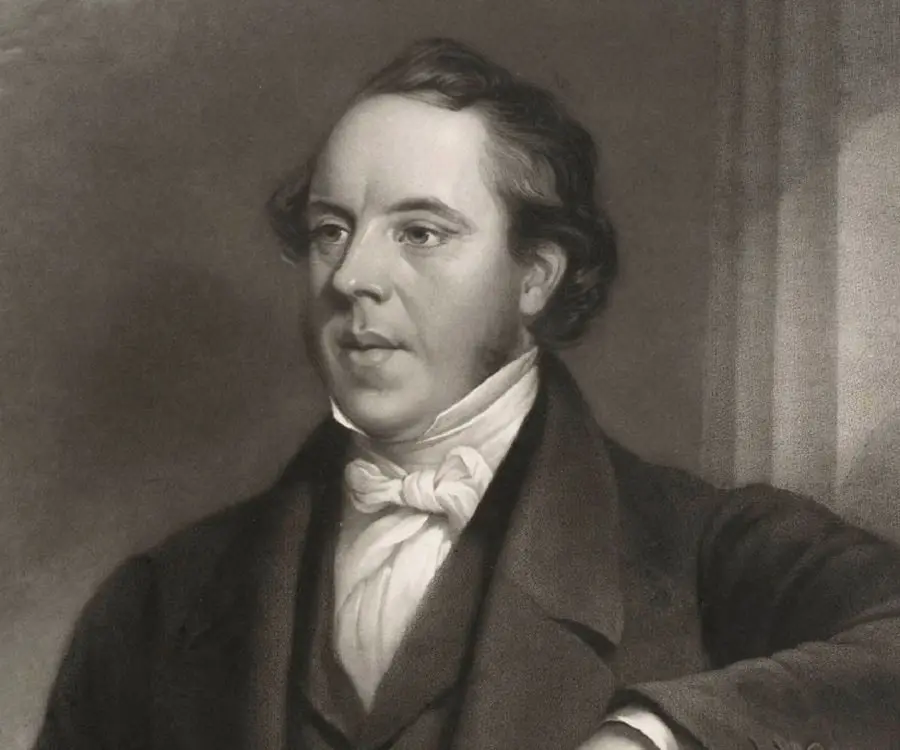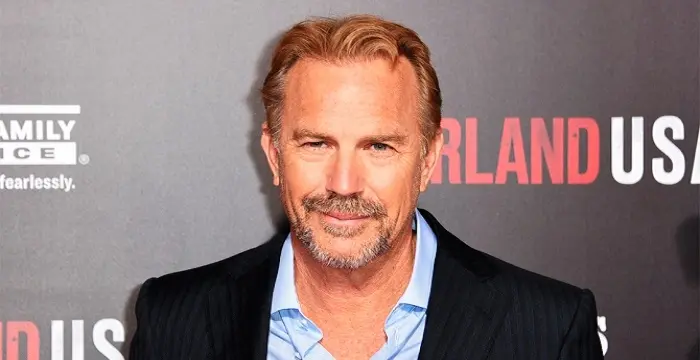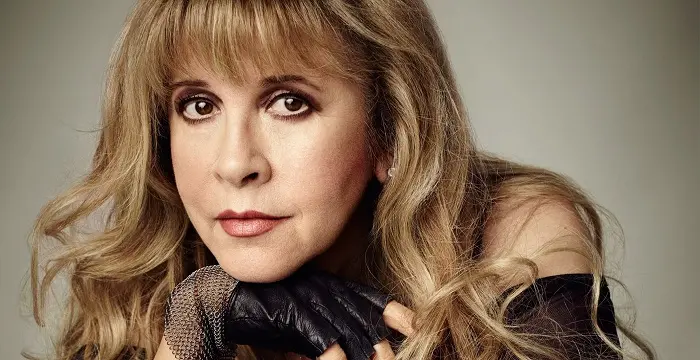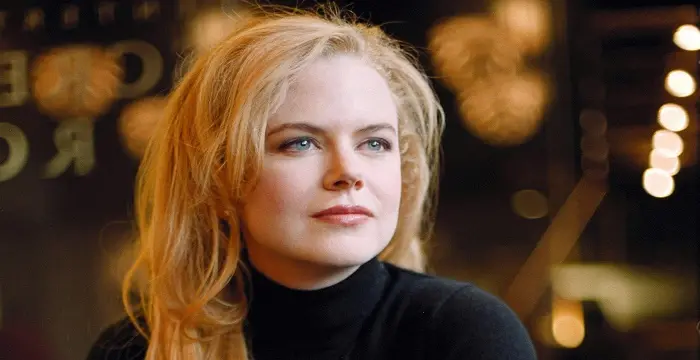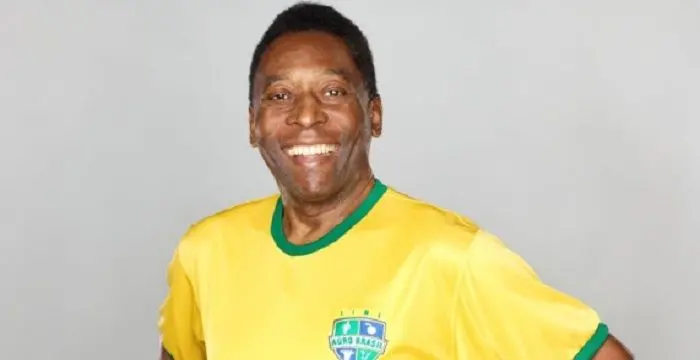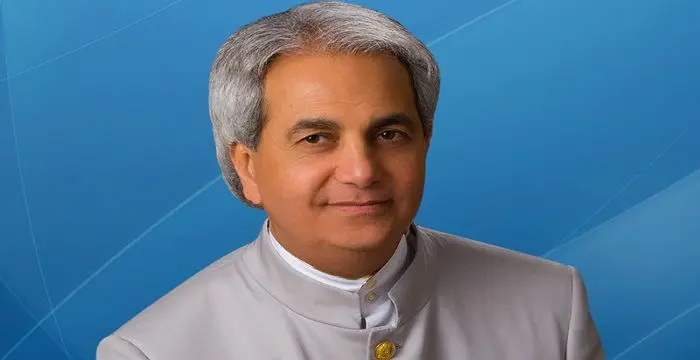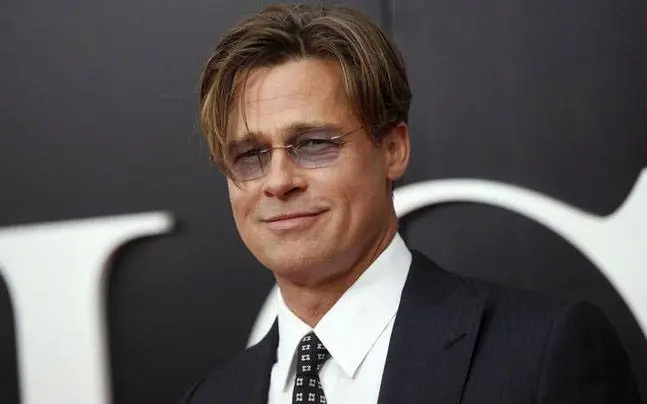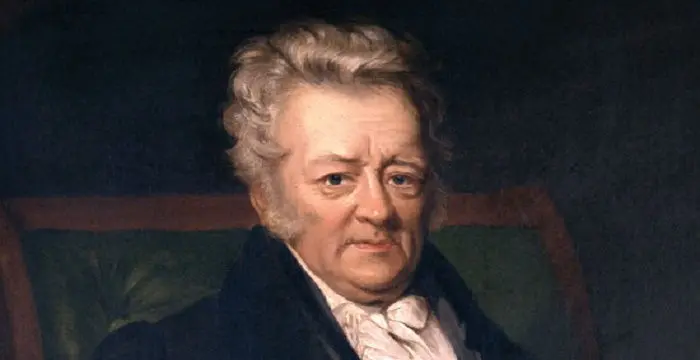
Thomas Clarkson - Abolitionist, Career and Personal Life
Thomas Clarkson's Personal Details
Thomas Clarkson was an English abolitionist and the main force in bringing about the Slave Trade Act
| Information | Detail |
|---|---|
| Birthday | March 28, 1760 |
| Died on | September 26, 1846 |
| Nationality | British |
| Famous | Humanitarian, Philanthropists, Activists, Civil Rights Activists, Abolitionist |
| Siblings | John Clarkson |
| Universities |
|
| Founder / Co-Founder |
|
| Birth Place | Wisbech |
| Gender | Male |
| Sun Sign | Aries |
| Born in | Wisbech |
| Famous as | Abolitionist |
| Died at Age | 86 |
// Famous Abolitionist
Granville Sharp
Granville Sharp was a social reformer and a leading British abolitionist. This biography of Granville Sharp provides detailed information about his childhood, life, achievements, works & timeline
Richard Henry Dana Jr.
Richard Henry Dana Jr. was an American lawyer, writer and social activist. This biography provides detailed information about his childhood, life, achievements, works and timeline.
William Wilberforce
William Wilberforce was a leader of the abolitionist movement who put an end to slave trade and slavery in Britain. Check out this biography to know about his childhood, life, achievements, works & timeline
Thomas Clarkson's photo
Who is Thomas Clarkson?
Thomas Clarkson was an English abolitionist, one of the first effective publicists of the English abolitionist movement and a leading campaigner against the slave trade in the British Empire. Born in Cambridgeshire to a financially well-off family, he wanted to become a reverend like his father, John Clarkson, who was also the headmaster of the Wisbech Grammar School where Thomas began his schooling. An outstanding student, he graduated from St. John’s College, Cambridge. Following in his father’s footsteps he planned to join the Angelical Church and was ordained as a deacon, but he never proceeded to the priest’s orders. After participating in a Latin essay-writing competition, he believed he had a spiritual experience. The topic of the essay was ‘Anne liceat invitos in servitutem dare’ (Is it lawful to enslave the unconsenting?) and he won the competition. While researching for it, he learned about the hideous profession of slave trade and the inhumane concept of slavery. He spent the next 61 years of his life trying to abolish slavery from the British, and eventually the European society. His dedicated campaigning was rewarded with the passing of the Slave Trade Act in 1807.
// Famous Philanthropists
Kevin Costner
Kevin Costner is an American actor, director and singer who is best known for his portrayal of rugged individuals with complex emotions. This biography provides detailed information about his childhood, life, achievements, works & timeline
Stevie Nicks
Stevie Nicks is singer-songwriter rated among the 100 Greatest Singers of All Time by Rolling Stone Magazine. This biography of Stevie Nicks provides detailed information about her childhood, life, achievements, works & timeline.
Princess Ameerah Al-Taweel
Princess Ameerah Al-Taweel is a Saudi Arabian princess widely recognized for her philanthropy and activism. Check out this biography to know about her childhood, family, life history and achievements.
Childhood & Early Life
Thomas Clarkson was born on March 28, 1760 in Wisbech, Cambridgeshire to Rev. John Clarkson and Anne. John Clarkson was an Anglican priest and the headmaster at the Wisbech Grammar School.
Thomas received his primary schooling from Wisbech Grammar School, from where he went to St. Paul’s School, London in 1775. He graduated from St. John’s College, Cambridge in 1783 with a B.A. degree.
Career
After graduating Thomas Clarkson stayed at Cambridge to follow in his father’s footsteps and enter the Anglican Church. He was ordained as a deacon in 1783 but he never proceeded to priest’s orders.
In 1785, Cambridge University’s Vice-Chancellor Peter Peckard organized a Latin essay competition on the topic ‘Anne liceat invitos in servitutem dare’ (Is it lawful to enslave the unconsenting?).
Not quite versed about the topic, Thomas Clarkson began researching and got his hands on Anthony Benezet’s book on the same topic. With more research he came to understand the horrifying realities of slave trade and slavery.
Still not content with his research, he began interviewing people who had any experience of slavery. After including these experiences in his essay, he presented it to the university and won the prize.
While travelling back to London on horse-back he stopped at Wadesmill and experienced a spiritual revelation from God. He believed that someone should put an end to this evil and from this point onwards he dedicated his life to this cause.
In 1786, he translated his essay into a pamphlet in English for a wider audience and named it ‘An essay on the slavery and commerce of the human species, particularly the Africa, translated from a Latin Dissertation’.
The essay gained claim and importance and he soon met other leading campaigners against slave trade including James Ramsay, Granville Sharp and other Nonconformists.
From his new acquaintances he came to know that a movement, initiated by the Quakers, against slavery had been gathering strength for years—in 1783, a group of 300 Quakers had signed the first petition against slave trade and presented it to the Parliament.
In 1787, 12 men, including Thomas Clarkson, founded the Committee for Abolition of the African Slave Trade. Of the 12 members, nine were Quakers and the rest were Anglicans—Clarkson being one of the three. Granville Sharp was elected as the Chairman.
Clarkson’s main role in the committee was gathering evidence against the trade, but as it was legal and highly-profiting, he faced stern opposition when he tried to educate people about this evil practice.
He found out that Liverpool was a major base of slave trading syndicates and he travelled there to gather evidence and generate awareness. He narrowly escaped with his life when a group of sailors tried to assassinate him.
His next campaign was at a Manchester Church where his speech was so successful that it acted as a catalyst for the city’s anti-slavery campaign. In1787, he published the pamphlet ‘A Summary View of the Slave Trade and of the Probable Consequences of it Abolition’.
His mission led him to the port at Bristol where the landlord of the Seven Stars Pub provided him with all the information he might need. On travelling further, he met two surgeons who had been on many voyages aboard slave ships. They recounted their experiences and this information too was used in the campaign.
In his two years of evidence-gathering he travelled over 35,000 miles on horseback and interviewed around 20,000 sailors. He also took numerous equipments (iron handcuffs, leg-shackles, branding irons, thumbscrews), that were used to capture and torture the slaves, as evidence.
William Wilberforce was an Anglican and an MP who openly spoke against slavery in the parliament using Clarkson’s evidence. William introduced a Bill to abolish the slave trade in 1791 but it wasn’t passed. Their campaign suffered another setback when the war with France erupted.
Thomas Clarkson retired from the campaign in 1794 due to his failing health, but returned with full vigor and optimism in 1804 after the war ended. However, this time his major emphasis lay in lobbying MPs to support the parliamentary campaign.
His efforts finally bore fruit with the passing of the Slave Trade Act in 1807. The Act also called on the British Navy to enforce and uphold this law. With this success he took his campaigning to the rest of Europe.
In 1823, he helped in the establishment of the Society for Mitigation and Gradual Abolishment of Slavery. He travelled for over 10,000 miles and created linkages between the countless newly formed anti-slavery societies.
His efforts didn’t go in vain as the parliament received 777 petitions for total emancipation of the slaves. Owing to the public pressure, the Slavery Abolition Act was passed in 1833; it ordered for complete emancipation in the British colonies by 1838.
Major Works
Thomas Clarkson’s biggest achievement was the passing of the Slavery Abolition Act in 1833, which was mostly possible because of his extensive campaigning. He also co-founded the Society for Effecting the Abolition of the Slave Trade (also known as the Society for the Abolition of the Slave Trade).
Awards & Achievements
Thomas Clarkson was awarded the title of Domestic Chaplain to the Earl of Portmore in 1785.
Personal Life & Legacy
Thomas Clarkson married Catherine Buck in 1796 and they were blessed with a son, Thomas (Jr.), the same year.
He passed away on September 26, 1846 in Playford, Suffolk and he was buried in St. Mary’s Church.
// Famous Activists
Temple Grandin
Temple Grandin is a well-known American writer, autistic activist and animal expert. This biography profiles her childhood, life, achievements, career and timeline
Susan Sontag
Susan Sontag is an American critical essayist, cultural analyst, novelist, political activist, filmmaker and playwright of international repute. Read on to find out more about her childhood, career, profile and timeline.
Serj Tankian
Serj Tankian is a famous American singer-songwriter and member of the band, ‘System of a Down’. This biography profiles his childhood, music career, life, achievements and timeline.
Thomas Clarkson biography timelines
- // 28th Mar 1760Thomas Clarkson was born on March 28, 1760 in Wisbech, Cambridgeshire to Rev. John Clarkson and Anne. John Clarkson was an Anglican priest and the headmaster at the Wisbech Grammar School.
- // 1775 To 1783Thomas received his primary schooling from Wisbech Grammar School, from where he went to St. Paul’s School, London in 1775. He graduated from St. John’s College, Cambridge in 1783 with a B.A. degree.
- // 1783After graduating Thomas Clarkson stayed at Cambridge to follow in his father’s footsteps and enter the Anglican Church. He was ordained as a deacon in 1783 but he never proceeded to priest’s orders.
- // 1783From his new acquaintances he came to know that a movement, initiated by the Quakers, against slavery had been gathering strength for years—in 1783, a group of 300 Quakers had signed the first petition against slave trade and presented it to the Parliament.
- // 1785In 1785, Cambridge University’s Vice-Chancellor Peter Peckard organized a Latin essay competition on the topic ‘Anne liceat invitos in servitutem dare’ (Is it lawful to enslave the unconsenting?).
- // 1785Thomas Clarkson was awarded the title of Domestic Chaplain to the Earl of Portmore in 1785.
- // 1786In 1786, he translated his essay into a pamphlet in English for a wider audience and named it ‘An essay on the slavery and commerce of the human species, particularly the Africa, translated from a Latin Dissertation’.
- // 1787In 1787, 12 men, including Thomas Clarkson, founded the Committee for Abolition of the African Slave Trade. Of the 12 members, nine were Quakers and the rest were Anglicans—Clarkson being one of the three. Granville Sharp was elected as the Chairman.
- // 1787His next campaign was at a Manchester Church where his speech was so successful that it acted as a catalyst for the city’s anti-slavery campaign. In1787, he published the pamphlet ‘A Summary View of the Slave Trade and of the Probable Consequences of it Abolition’.
- // 1791William Wilberforce was an Anglican and an MP who openly spoke against slavery in the parliament using Clarkson’s evidence. William introduced a Bill to abolish the slave trade in 1791 but it wasn’t passed. Their campaign suffered another setback when the war with France erupted.
- // 1794 To 1804Thomas Clarkson retired from the campaign in 1794 due to his failing health, but returned with full vigor and optimism in 1804 after the war ended. However, this time his major emphasis lay in lobbying MPs to support the parliamentary campaign.
- // 1796Thomas Clarkson married Catherine Buck in 1796 and they were blessed with a son, Thomas (Jr.), the same year.
- // 1807His efforts finally bore fruit with the passing of the Slave Trade Act in 1807. The Act also called on the British Navy to enforce and uphold this law. With this success he took his campaigning to the rest of Europe.
- // 1823In 1823, he helped in the establishment of the Society for Mitigation and Gradual Abolishment of Slavery. He travelled for over 10,000 miles and created linkages between the countless newly formed anti-slavery societies.
- // 1833 To 1838His efforts didn’t go in vain as the parliament received 777 petitions for total emancipation of the slaves. Owing to the public pressure, the Slavery Abolition Act was passed in 1833; it ordered for complete emancipation in the British colonies by 1838.
- // 1833Thomas Clarkson’s biggest achievement was the passing of the Slavery Abolition Act in 1833, which was mostly possible because of his extensive campaigning. He also co-founded the Society for Effecting the Abolition of the Slave Trade (also known as the Society for the Abolition of the Slave Trade).
- // 26th Sep 1846He passed away on September 26, 1846 in Playford, Suffolk and he was buried in St. Mary’s Church.
// Famous Humanitarian
Joyce Meyer
Joyce Meyer is a Christian author and speaker. This biography provides detailed information about her childhood, life, achievements, works & timeline
Swami Vivekananda
Swami Vivekananda was the chief disciple of Sri Ramakrishna, and was responsible for awakening India spiritually. Check this biography to know in detail about his life, profile and timeline.
Nicole Kidman
Nicole Kidman is one of the most talented actors that the Hollywood film industry can boast of. Browse through this biography to get detailed information regarding her life, childhood, profile & timeline
Pele
Pele is considered as the greatest footballer in the history of the game. Explore this biography to know details about his life, profile and timeline.
Benny Hinn
Benny Hinn is a televangelist who initiated the faith healing summit called Miracle Crusades. Check out this biography to know detailed information about his childhood, life, works and timeline.
Brad Pitt
Brad Pitt is a famous American actor, known for his movies, ‘Ocean’s Eleven’, ‘The Curious Case of Benjamin Button’, and ‘World War Z’. This biography provides detailed information about his childhood, profile, career and timeline
Thomas Clarkson's FAQ
What is Thomas Clarkson birthday?
Thomas Clarkson was born at 1760-03-28
When was Thomas Clarkson died?
Thomas Clarkson was died at 1846-09-26
Where was Thomas Clarkson died?
Thomas Clarkson was died in Playford, Suffolk
Which age was Thomas Clarkson died?
Thomas Clarkson was died at age 86
Where is Thomas Clarkson's birth place?
Thomas Clarkson was born in Wisbech
What is Thomas Clarkson nationalities?
Thomas Clarkson's nationalities is British
Who is Thomas Clarkson siblings?
Thomas Clarkson's siblings is John Clarkson
What was Thomas Clarkson universities?
Thomas Clarkson studied at St John's College, Cambridge, Wisbech Grammar School, University of Cambridge
Which company or organization was founded by Thomas Clarkson?
Thomas Clarkson was the founder/co-founder of Society for Effecting the Abolition of the Slave Trade
What is Thomas Clarkson's sun sign?
Thomas Clarkson is Aries
How famous is Thomas Clarkson?
Thomas Clarkson is famouse as Abolitionist
